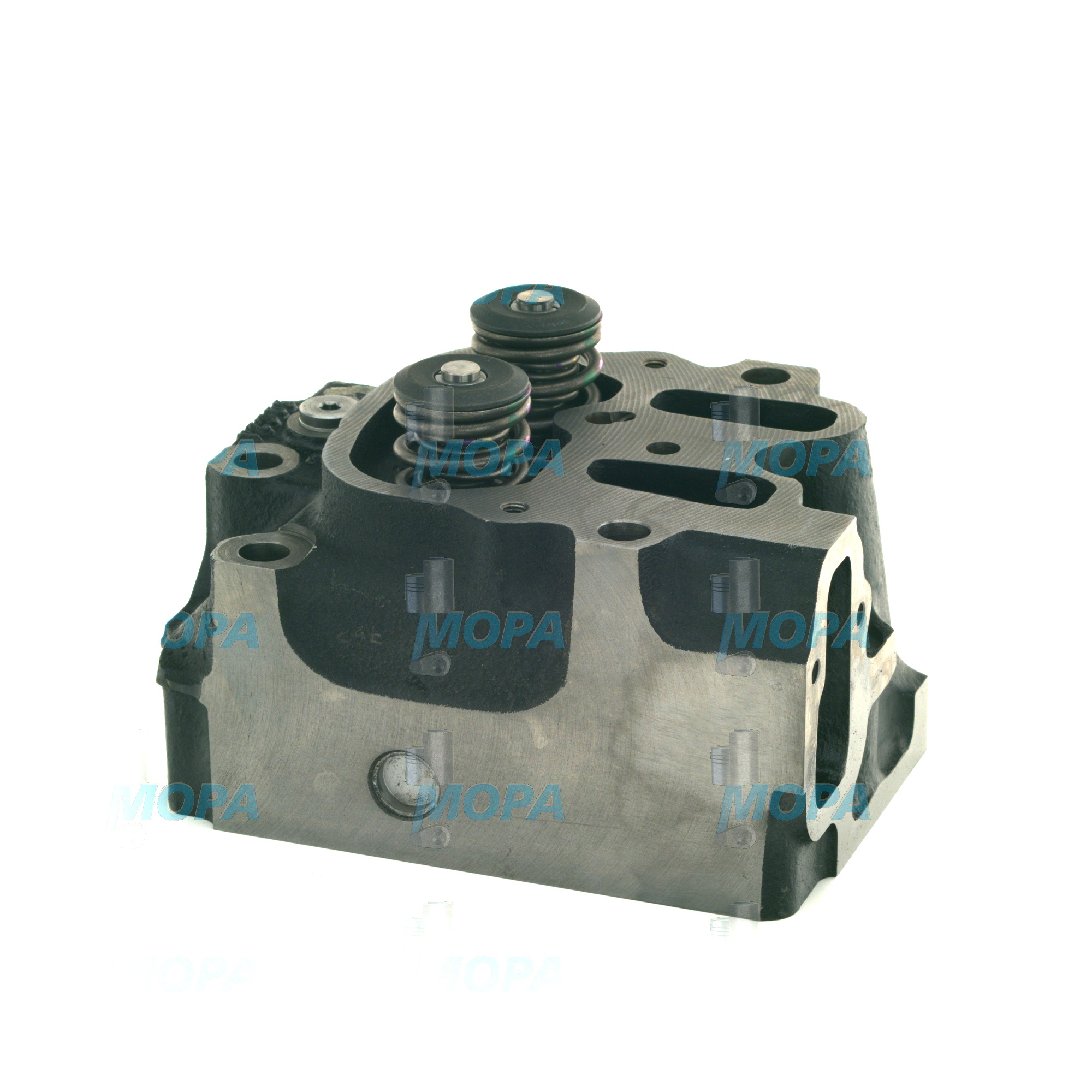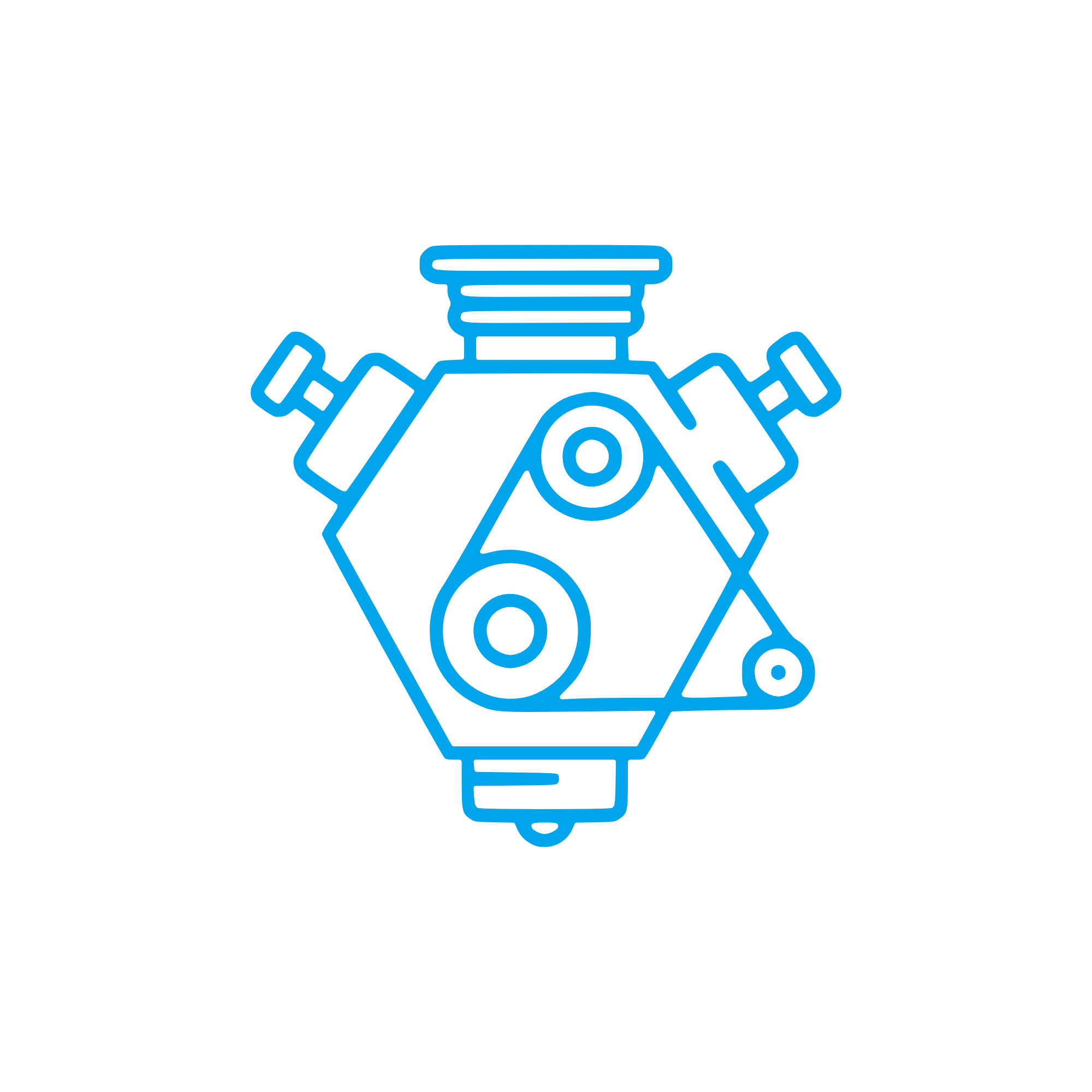CYLINDER HEAD complete for Engine Drive Components
Engine drive components form the mechanical backbone that converts combustion energy into dependable rotational output. Within this category you will find parts that transmit, control, and seal the power path—such as crankshafts, camshafts, timing gears, flywheels, couplings, and the CYLINDER HEAD complete. In marine engine and industrial power applications, these components determine how efficiently torque reaches the propulsion system or generator, how reliably the engine runs across load cycles, and how long major assemblies remain in service.
For purchasers, shipowners, and technical decision-makers, the Engine drive components category is critical because it unites high-precision rotating and stationary parts that must work in harmony. Dimensional accuracy, metallurgical integrity, thermal stability, and surface finish quality directly affect performance, fuel efficiency, emissions, and uptime. Whether you manage a diesel engine on a vessel or a stationary gas engine in power generation, the correct specification and condition of drive components—and especially a properly matched CYLINDER HEAD complete—are central to safe, economical operation.
Technical function of Engine drive components and CYLINDER HEAD complete in diesel engine and marine engine systems
Engine drive components translate linear piston motion into controlled rotation and synchronize airflow, fuel injection, and exhaust events. The crankshaft and connecting rods deliver torque; the camshaft and timing train sequence valve events; couplings and flywheels smooth torsional vibration; and housings, bearings, and seals maintain alignment and lubrication. The CYLINDER HEAD complete caps each cylinder, forming the combustion chamber and accommodating valves, valve seats, guides, springs, rocker gear, injectors or spark plugs, and cooling/oil galleries. In a diesel engine or gas engine, this assembly governs breathing efficiency, combustion quality, and heat rejection.
A CYLINDER HEAD complete for a marine engine must withstand prolonged high loads, salt-laden atmospheres, and wide temperature gradients. Its casting quality and heat treatment resist thermal fatigue and cracking. Precision-machined fire decks and gasket surfaces ensure sealing integrity, while optimized intake/exhaust ports promote swirl and scavenging for better mixing and lower specific fuel consumption. In turbocharged applications, accurate valve timing and robust valve-seat metallurgy protect against hot corrosion and micro-welding under extreme exhaust temperatures. When specified as CYLINDER HEAD complete OEM parts, the geometry of ports, valve angles, injector protrusion, and coolant routing is matched to the combustion system, which safeguards power density and emissions compliance.
- · High-strength metallurgy for thermal and mechanical resilience
- · Precision-machined sealing faces to prevent gas and fluid leaks
- · Optimized port design for airflow, swirl, and volumetric efficiency
- · Correct valve train geometry for stable timing over the service life
- · Robust cooling passages to manage hotspots and prevent warpage
- · Torsional control via flywheel/coupling interfaces for smoother operation
- · Tight tolerances that maintain alignment and reduce bearing wear
- · Full interchangeability with defined engine series and configurations
Importance for engine operation: reliability, efficiency, and safety
Engine drive components are decisive for lifecycle cost and operational stability. A CYLINDER HEAD complete in poor condition degrades compression, disrupts air-fuel mixing, and elevates exhaust temperatures, accelerating turbocharger and valve wear. Leaking head gaskets can allow coolant-oil cross-contamination or combustion gas blow-by, leading to bearing damage and rapid lubricant degradation. Worn valve guides or distorted seats reduce sealing, causing misfire, higher fuel burn, and increased emissions. Crankshaft and coupling misalignment drives vibration, which shortens the life of bearings, seals, and auxiliary equipment.
Unchecked deterioration can escalate into cracked heads, dropped valves, or timing failures—events that risk unplanned off-hire, towage, and major overhaul. By maintaining Engine drive components within specification, operators safeguard starting reliability, rated power delivery, and compliance with class and environmental limits, while keeping maintenance intervals predictable.
Advantages of OEM spare parts suitable for Engine drive components and CYLINDER HEAD complete
Selecting OEM spare parts suitable for Engine drive components ensures that materials, heat treatment, machining tolerances, and functional dimensions align with the engine maker’s specification envelope. For a CYLINDER HEAD complete, that includes combustion chamber geometry, injector seating, valve-seat hardness, and coolant/oil circuit design—parameters that directly control performance and thermal balance. The result is stable output, lower specific fuel consumption, and repeatable emissions behavior across load ranges.
From a budget perspective, correct-fit components reduce installation time, minimize rework, and limit collateral wear on adjacent parts such as liners, pistons, and valve trains. Predictable service life, validated thermal-fatigue resistance, and reliable sealing help extend overhaul intervals and reduce unscheduled downtime. In short, OEM spare parts suitable for CYLINDER HEAD complete and related drive components protect the engine’s efficiency, reliability, and long-term cost base.
MOPA as your partner for OEM parts in Engine drive components
MOPA is an experienced, reliable partner for sourcing OEM spare parts across the Engine drive components category, including CYLINDER HEAD complete assemblies for diesel and gas engines. Our team supports rapid identification using engine serials and build lists, provides technical clarification on supersessions and component revisions, and secures parts with traceable documentation. With optimized logistics, global shipping options, and careful packaging, we prioritize speed, quality, and security in the trade of OEM parts for marine engine and stationary applications.
Whether you need a single CYLINDER HEAD complete for a vessel call or a coordinated package covering camshafts, gears, couplings, and fasteners, MOPA helps reduce lead times and operational risk—so your equipment returns to service quickly and stays on spec.
Conclusion
Engine drive components, from the CYLINDER HEAD complete to the crankshaft and timing train, determine how effectively an engine converts combustion into dependable power. Specifying OEM spare parts suitable for CYLINDER HEAD complete and related components sustains performance, protects reliability, and optimizes lifecycle cost.
With MOPA’s fast, secure supply of OEM parts for diesel and gas engines, purchasers and operators can maintain uptime and meet technical targets with confidence.




